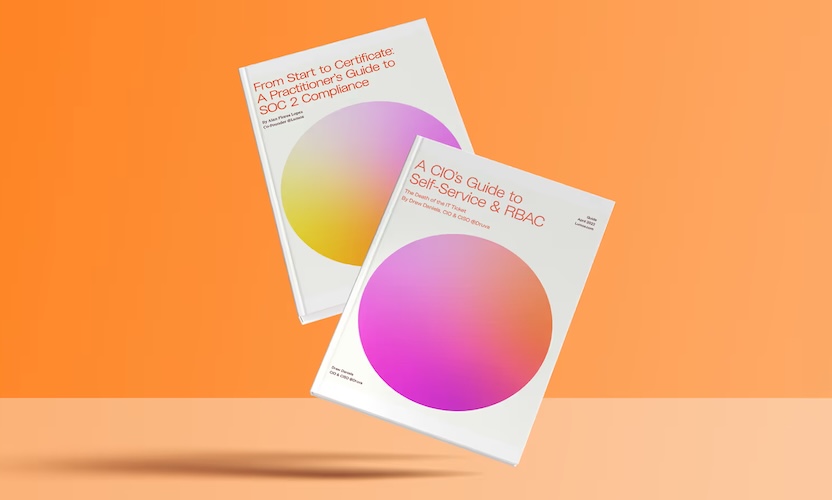SOC 2 Compliance is Nothing To Be Afraid Of
Get the Insider’s Guide on how to prepare for a SOC 2 compliance audit
Identity Governance and Administration (IGA) systems take a policy-based approach to IT governance by offering identity and access management, access control, and compliance capabilities that help address SOX, SOC2, and ISO27001 requirements. With IGA systems, you can manage identities, automate workflows for provisioning and de-provisioning users and devices, manage segregation of duties, manage roles, log activity for audits, and more.
When it comes to SOC2 compliance, there’s no clear step-by-step guide and the process takes months to complete. One of the trickiest parts of the audit process is app permissions, access reviews, vendor risk assessments, and on- and off-boarding. But it doesn’t have to be that way. Here’s our hands-on roadmap to help you simplify the process and easily finish your SOC 2 audit.

